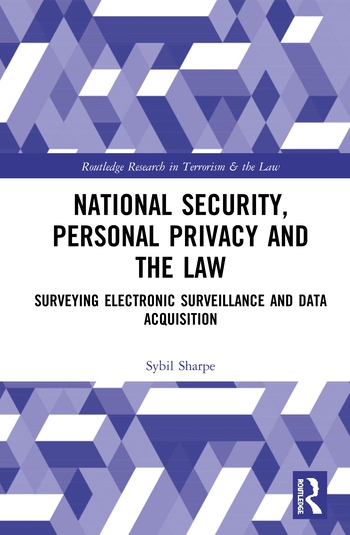As we move from learning about the theory of cloud computing into practical applications, we begin to see this technology’s impact on recurring monthly revenue and the huge growth opportunity the cloud brings to security providers.
As an editor in the security business, I can honestly admit that I have read way too many articles about “the cloud.” Most of the articles were theoretical, but many were so obscure that even I couldn’t see a connection between cloud technology and physical security. But, alas, we all know that we need to keep on reading, watching, and asking questions because there is absolutely no doubt that cloud technology will be a huge part of our industry in the coming years.
Security dealers are seeing the clouds gathering, if you will. A study done by the Central Station Alarm Association and sponsored by SDM, sought in part to determine the impact of video monitoring as a business category on dealers’ businesses. Granted, not all video monitoring is cloud-based, but a vast majority is or will be. The results of the study are presented in article published at www.SDMmag.com, titled “Emerging Trends in Monitoring – 2012 vs. 2015.”
Author John Brady states in the article, “[The video monitoring] category is still very new. The offers to end-users are being sorted out. Integrators are still figuring out their pitches. This is a pretty massive conversion from the days when video systems were sold for proprietary operation and control only and were part of the capital expenditures budgets. Those buying patterns and habits are not going to change overnight, so it seems like a pretty legitimate data point that lack of demand is the top inhibitor for video monitoring investments by central stations.
“On the other hand, there is a ‘chicken-and-the-egg’ situation here. You can’t always wait for the demand to come to you. Sometimes you need to invest in creating the demand. I suspect finding the right balance and timing of that investment ranks high in the mind of central station owners and leaders,” Brady stated.
So as this segment matures, security dealers and integrators do need to keep learning. But thankfully, there are some more interesting articles to read lately. One of those is this month’s cover story, “Where’s the Gain in Security Cloud Computing?” beginning on page 48. Author Derek Rice examines some business models already up and running that are based on the cloud. For example, ADT’s Jay Hauhn shares that cloud-based access control management is actually the largest share of ADT’s cloud-based services.
DTT Surveillance in Los Angeles offers integrated point of sale data and audio/video solutions, all stored in the cloud and accessible through a single browser-based interface. Further, DTT offers its Smart Audit service to customers, many of whom choose to share those audit results (both good and bad) with their employees.
It is by hearing these examples — and others like them — that we are going to help our industry grow in the new world of security cloud computing.
In this Issue
A growing majority of security providers are offering some type of smartphone or tablet app. “Our customers light up when we mention the smartphone integration with their security system,” comments John Pastore of Crime Prevention Security Systems. In the article, “Staying Connected Via Apps,” senior editor Heather Klotz-Young explains that a challenge, however, is keeping up with mobile platform demands as end users switch mobile devices (and therefore often switch mobile platforms — from iPhone to Android, etc.) more frequently than ever before. This special feature presentation includes a matrix of apps currently on the market, along with their features and functions — found only in SDM.









